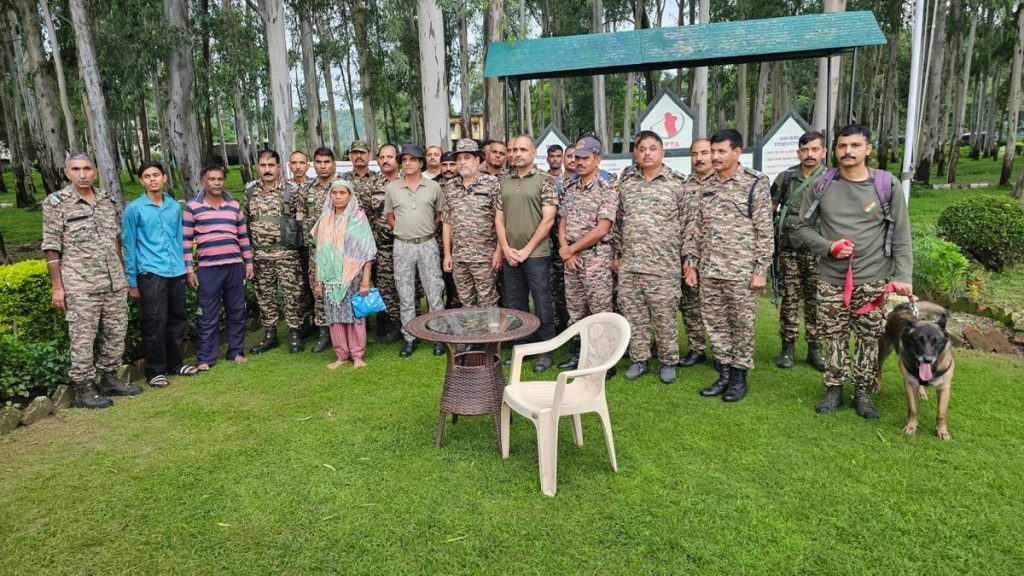Now Reading: Half of Pregnant Women in Bhubaneswar Slums Use Smokeless Tobacco Daily
-
01
Half of Pregnant Women in Bhubaneswar Slums Use Smokeless Tobacco Daily
Half of Pregnant Women in Bhubaneswar Slums Use Smokeless Tobacco Daily

Swift Summary
- A study by the Regional Medical Research Center (RMRC),under the Indian Council of Medical Research (ICMR),examined smokeless tobacco (SLT) consumption among pregnant and lactating women aged 18-49 in Bhubaneswar slums.
- Findings showed 45% of pregnant women and 55% of lactating mothers used SLT immediately after waking up, despite severe risks such as preterm births, stillbirths, low birth weight, and other complications.
- Key factors influencing SLT use were peer/family influences, stress relief, pregnancy-induced cravings, misconceptions about health benefits, and cultural practices.
- Initiation frequently enough occurred during adolescence (mean initiation age: 14.95 years for pregnant women; 12.58 years for lactating mothers). Around 57.5% participants had no formal education.
- Women cited morning sickness relief and perceived energy boosts as reasons for consumption; homemade products were seen as “natural” remedies despite associated risks.
- Researchers highlighted that over 80% of female tobacco users in India prefer SLT over smoking due to it’s ingrained cultural acceptance.
- The study emphasizes awareness campaigns with routine screening/counseling alongside community-centered approaches to address misconceptions around SLT use.
Indian Opinion Analysis
The RMRC’s findings on smokeless tobacco consumption among vulnerable groups bring into focus a pressing but often overlooked public health challenge in India-a country where tobacco is culturally normalized yet distinctly harmful when consumed during critical life stages like pregnancy and lactation. the high prevalence highlights gaps in education and awareness about maternal health risks posed by products like paan or gutkha.
This issue extends beyond individual behavior-it reveals deeper systemic challenges such as inadequate access to healthcare information within socio-economically disadvantaged areas like urban slums and the strong influence of entrenched social norms on women’s decision-making abilities.
Breaking this cycle will require multi-faceted strategies encompassing stricter regulation policies that address accessibility while fostering community engagement to dismantle myths around perceived benefits of SLT use. Empowering women through targeted education programs could play an instrumental role in reducing intergenerational harm tied to early adoption patterns identified by researchers.
For further insights: Read more
























